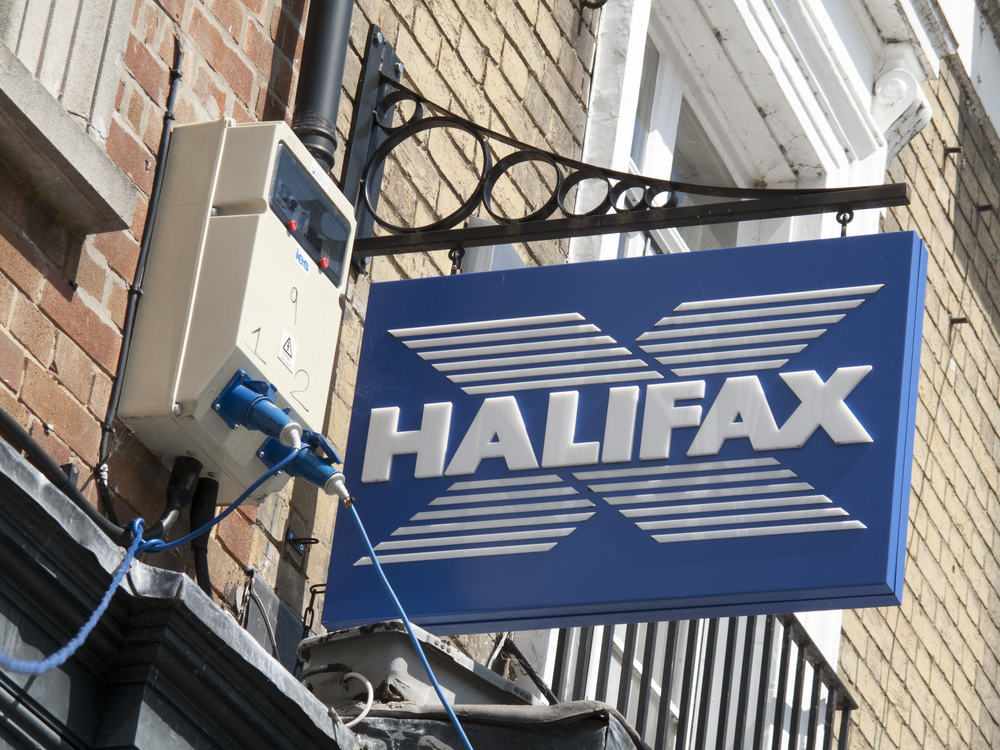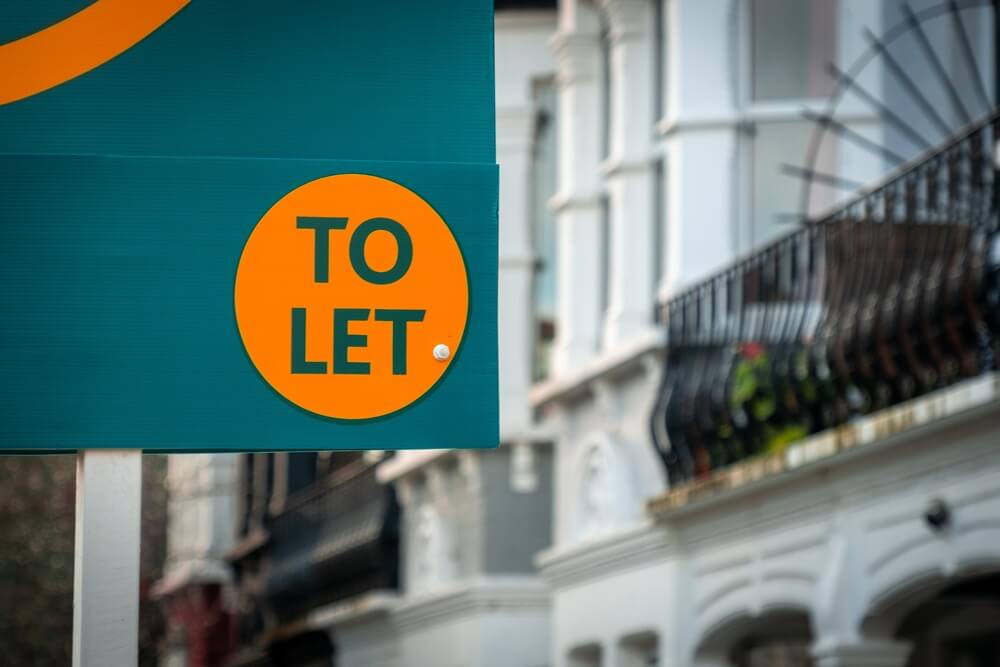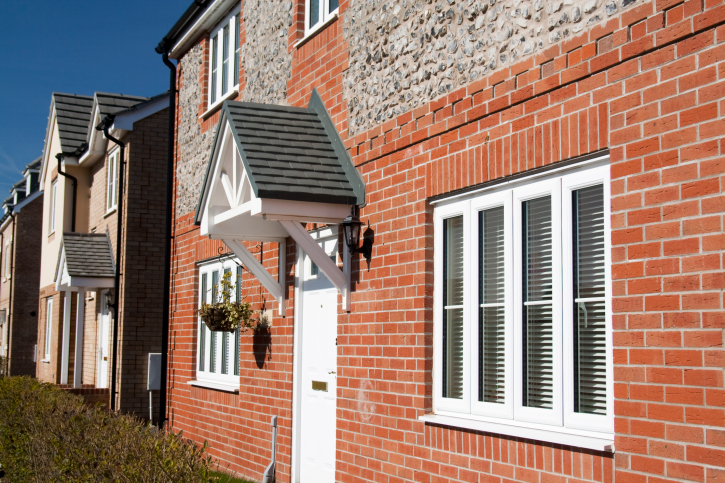The government’s Help to Buy scheme is improving entry level access to new build properties while easing the financial burden on first-time buyers, according to data from the Mortgage Advice Bureau (MAB).
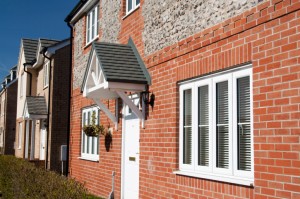 While home buyers purchasing a new build property currently can expect to pay an average of £254,000, MAB’s analysis shows that the typical Help to Buy equity loan customer is paying just £193,318 – almost a quarter (24 per cent) less.
While home buyers purchasing a new build property currently can expect to pay an average of £254,000, MAB’s analysis shows that the typical Help to Buy equity loan customer is paying just £193,318 – almost a quarter (24 per cent) less.
The average Help to Buy 1 purchase price has fallen for the third successive month, down 0.6 per cent on July’s figure of £194,547.
In contrast, buyers looking to purchase a new build property in the wider market faced a monthly increase of 5 per cent (up from £243,000).
The data suggests that the scheme is improving access to entry-level new builds, and reducing the financial strain on first-time buyers.
The average loan-to-value ratio for a HTB1 property was 72 per cent in August. That’s 2 per cent higher than the market average of 70 per cent. Deposits paid by applicants using the Help to Buy equity loan scheme are also lower.
The total deposit paid – including the government contribution – was £54,134 for HTB1 applicants in August. Assuming that consumers opted for the full government contribution of 20 per cent, HTB1 applicants paid just £10,827 for their deposit: 84 per cent less than the whole-of-market average (£69,235).
This deposit represents 32 per cent of a typical Help to Buy equity loan applicant’s income (£33,362), compared to more than two times their yearly income should they be forced to pay the average deposit in the wider market.


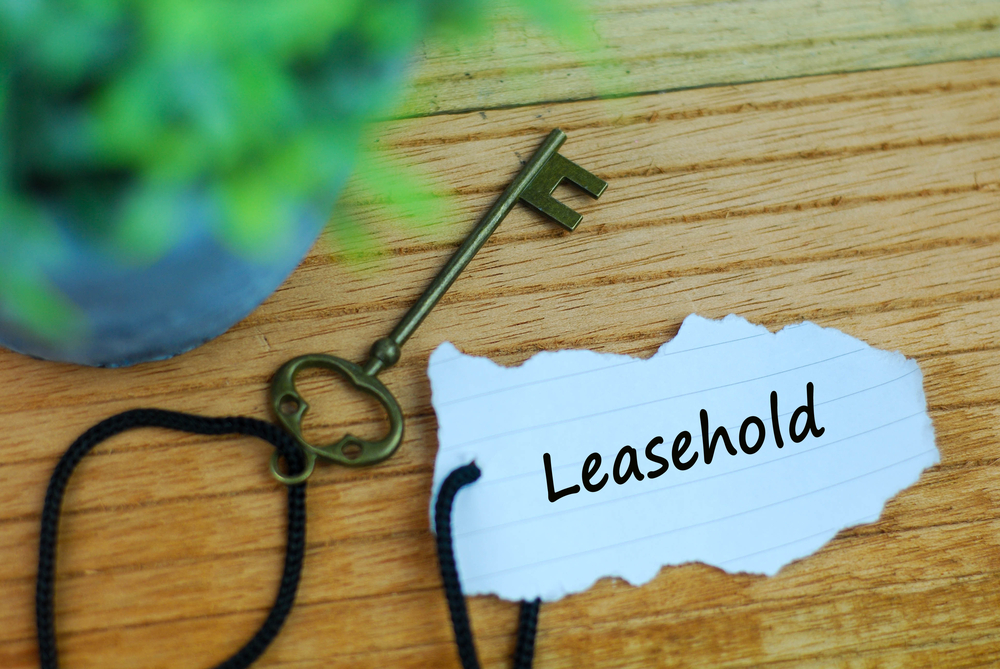







 Buy-to-let
Buy-to-let
